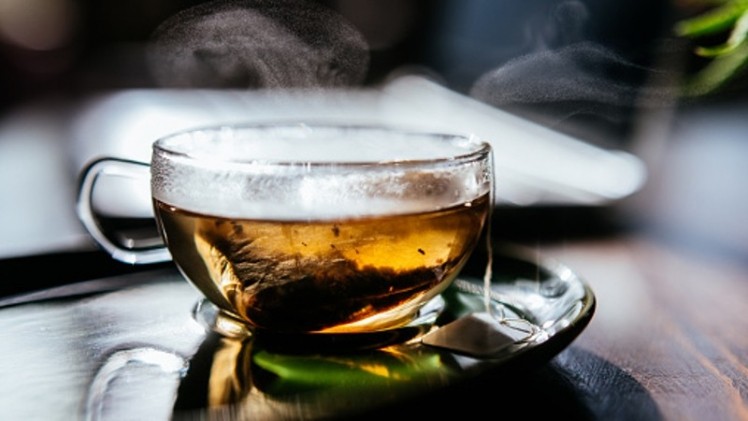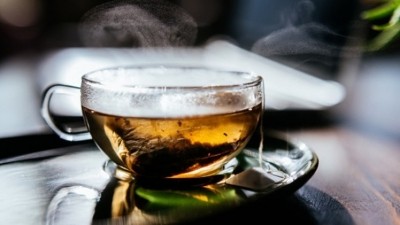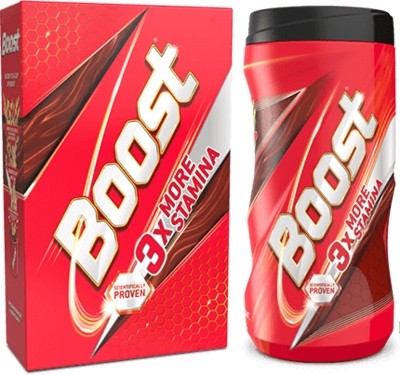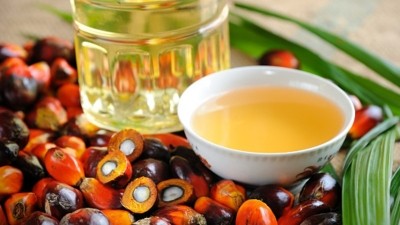Tea defies inflation: Unilever India drops prices due to commodity cost and localisation improvements

HUL recently announced a 16% year-on-year growth in turnover for Q4FY2022 to hit INR148.7bn (US$1.8bn) from INR128.4bn (US$1.6bn) in the same quarter in FY2021; as well as a 20% growth in profits to INR26.2bn (US$448.5mn) from INR21.9bn (US$266.4mn) the previous year.
In particular, the company’s Food & Refreshment segment experienced what the company deemed a ‘steady performance’ of 4% growth, particularly in the jams and ice-cream segments – but the company showed particular pride in having successfully passed on cost-savings in the tea segment to consumers.
“There are two categories [in India] where we have seen commodity costs coming off, which have been tea [and] vegetable oil,” HUL CFO and Executive Director, Finance and IT Ritesh Tiwari told the floor when discussing the Q4FY2022 financial results.
“Outside these 2 categories and commodities, there is still significant year-on-year inflation across the board, which impacts all other categories – but for tea, our strategy has been consistent, and it is a portfolio play where our Winning in Many Indias strategy has been brought alive excellently well.
“[This has been reflected] with our products, with our innovation and the way we manage our formulation and pricing across the country.”
HUL’s Winning in Many Indias business model classifies the country into 15 consumer clusters that provide localised insights into product development and marketing, supported by multiple country teams that function as micro-organisations to reduce the time innovations reach the market and commercialisation stage.
According to company CEO and Managing Director Sanjiv Mehta the strategy was developed because ‘In India, dialects, customs and rituals change every 100km’ so viewing the entire country as ‘one homogeneous entity’ would be a ‘gross under-service’ to the opportunities available.”
Tiwari added that HUL’s tea business had successfully utilised this business model to not only grow, but also cement market leadership and enable it to pass on price reductions to consumers.
“[Our] pricing strategy [has been that] if in the market inflation happens, we take price increases in small bites so that we are able to land those prices effectively and ensure that we are able to hold and keep growing our consumer franchise - But conversely, whenever market commodities come off to some extent in select places, we take larger bite decreases,” he explained.
“And one has to do that; otherwise, inventories in the trade will get caught in between price points. That's exactly what we have done in tea [and] how we have also passed on the benefit of price reduction through price cuts to the consumers.”
Teas are one of the only segments in the market to have observed price drops in the past few months, with most big names having reported price hikes instead, from alcohol to everyday food products.
Supplementing nutrients though food
Back in 2020, HUL also acquired several F&B brands from GSK including well-known names such as Horlicks and Boost, and is now focusing on utilising these brands to launch products aimed at supplementing Indian consumers with their required nutritional needs.
“[We are aware of the] one singular insight that India as a nation overall, we do have micronutrient deficiency,” Tiwari said.
“Our diet is very high on carbohydrates, hence, this becomes a fabulous need for us to use our functional nutrition portfolio and to play to the demand space where people might be eating enough calories but might not be having right micronutrients as part of their food pallet.
“This could be Horlicks for bones or other products such as chocolate drink Boost that is fortified with vitamins and minerals to increase stamina, or those in our high science range targeting diabetics, lactating mothers, women and so on – we have also launched a range of gummies i.e. Nutri Gummies and Diabetes Gummies online, which we are watching consumer reactions to.”






















